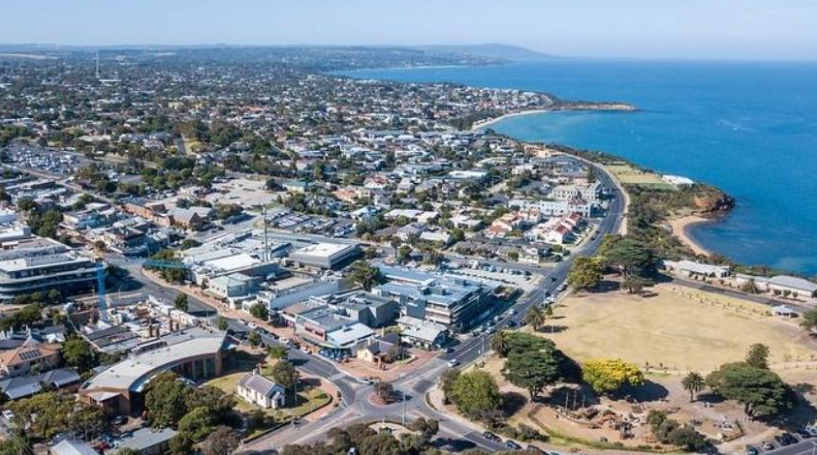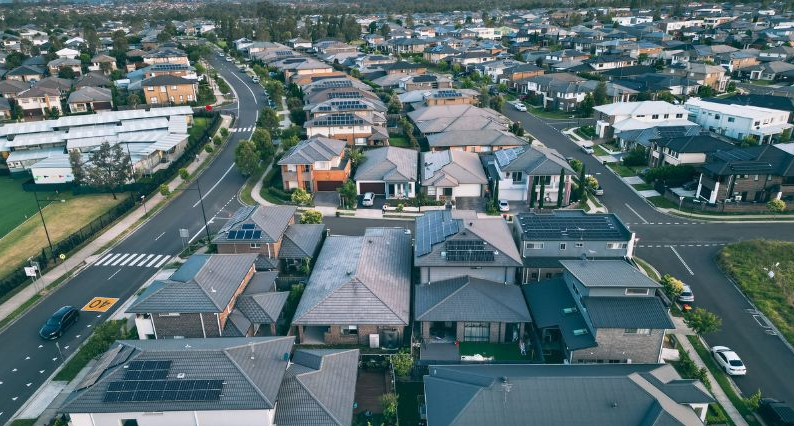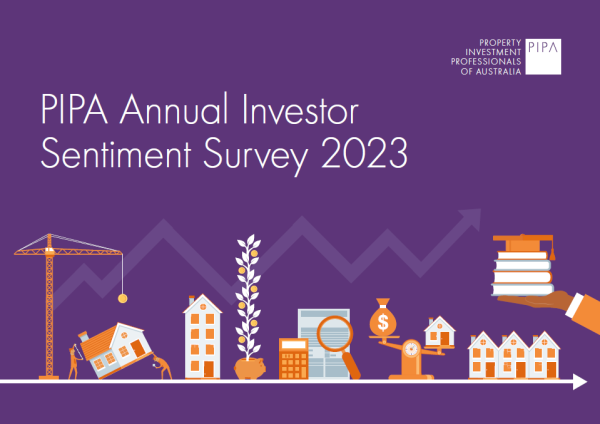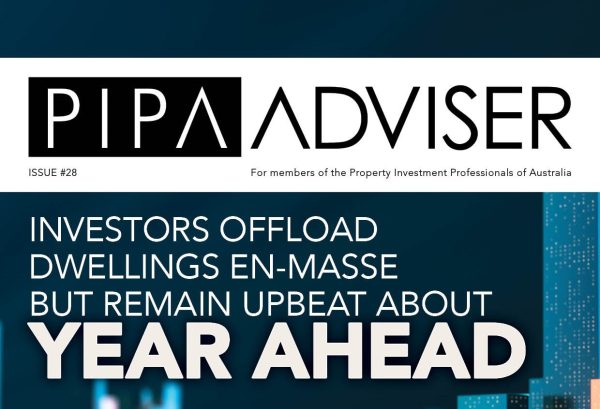Investors rebound to pre-pandemic levels but head to the suburbs
Nov 2020Karen Millers
Categories
Location ReportsMedia releasesNational market updatesPersonal advisersPIPA AdviserPIPA Annual Investor Sentiment SurveysPIPA Member ProfilesPIPA video updatesPIPA webinarsPodcastsProperty advisersProperty newsLatest Articles
Jordan van den Berg: The ‘Robin Hood’ TikToker taking on Australian landlords
Victorian property investors face yet another new property tax as council tests levy
Rentvesting in Australia: A deep dive
‘More chance of winning lotto’ than housing targets being met
Investors are abandoning the inner-city markets and looking to the suburbs, as new data shows the number of investor loan commitments has already returned to pre-pandemic levels.
The Australian Bureau of Statistics (ABS) Lending Indicators for September, released this week, reported that more than $5 billion worth of new investor loan commitments were recorded that month – a similar value to February this year.
The number of investor loan commitments also increased by more than 5 per cent in September, following a monthly surge of 9 per cent in August.
Overall, the value of new home lending increased in September, despite concerns the property market would feel the force of the pandemic.
Canstar analysis showed new home lending was up by a healthy 5.9 per cent in September, up 25.5 per cent year-on-year.
The ABS’ lending figures come hot on the heels of the latest property price data that showed prices have rebounded in nearly every capital city over the past few months.
Your Property Your Wealth director and buyer’s agent Daniel Walsh said while inquiry from investors had soared over the past few months, it was not in the traditional investor hot spots.
“Everyone is feeling really confident to move forward with their investment plans, from the first-time to the seasoned investors, they’re all keen to take advantage of the low interest rate environment and purchase a property before prices rise any further,” Mr Walsh said. “But, where they are investing has changed.
“Three years ago, people investing in property were wanting CBD locations; they wanted to be close to everything, they wanted a two-bedroom unit, proximity was everything,” he said.
“They’re not looking at those places today. Not only are vacancy rates high in the CBDs because there’s no international students, they’re finding that there’s big demand from tenants wanting to live farther out from the cities or even in regional areas.
“The mindset has changed from ‘how close am I to the CBD’ to ‘what am i offering from a lifestyle point of view’.”
Vacancy rates in the capital city CBDs have soared this year. In Sydney’s CBD, the rental vacancy rate hit 5.6 per cent for the two months to October, compared with just 2.4 per cent at the same time last year.
In Melbourne, the situation is even more dire, with the CBD vacancy rate now at 13.1 per cent – that’s compared with 2.6 per cent a year ago – and the highest ever recorded in Domain Group statistics.
It was a different story outside the inner city, Mr Walsh said.
“Ten to 30 kilometres out of the city, that’s where there’s a lot of demand – not just from tenants, but from first-home buyers and also investors,” he said.
“Investors are turning their sights to the houses in the suburbs because they know a lot of these people don’t have to work in the CBD. It’s lifestyle rather than how connected I am to the CBD.”
The rush to the suburbs and regional areas has already been reflected in prices – some areas of regional Australia have shot up by nearly a third, the latest house price data shows, as a result of COVID-19 luring people away from the cities back to the country.
Competition over rentals in some of Australia’s regional towns and outer suburbs is so fierce that some tenants are offering to pay three months’ rent in advance to secure a property.
Others are applying for rentals before they have even had a chance to look through them in person.
On Sydney’s northern beaches, Toby Hutton, of Raine & Horne Manly, said there had been a complete turnaround in investor activity in recent months, with buyers specifically seeking out properties that would attract tenants for their lifestyle.
“From the beginning of COVID, we saw investor inquiry numbers drop to less than 10 per cent,” he said. “The rental market took an absolute battering early on – anything one or two beds was affected.
“That’s changed. Anecdotally, money is cheap, the people who are looking at borrowing have realised they’re skilled workers with a lot of equity and they’re not in any danger.”
Mr Hutton is selling a two-bedroom, two-bathroom apartment at Dee Why, and said he was surprised at the overwhelming response from investors.
“From the weekend, we had 32 groups through. Out of the five contracts issued, four were mum-and-dad investors. That’s amazing. Instead of having to pay a premium for property close to the CBD, investors are realising their tenants can be farther out. That’s only going to get stronger.”
On Brisbane’s northern outskirts in the local government area of Moreton Bay, Redcliffe and its surrounds has long been considered an investor hot spot and now, Ray White Redcliffe agent Ian Kilpatrick said any impediments that may have held investors from purchasing there previously – such as its distance from Brisbane’s CBD – were no longer applicable.
“Our vacancy rate here is extremely low. From an office point of view, we’ve had less than 1 per cent vacancy rate since earlier this year. It’s been quite amazing the number of people looking to rent. The working-from-home thing is a big factor,” he said.
He said investors were following the trend among owner-occupiers to look for property in lifestyle locations outside of the usual inner-city hot spots.
“I would agree with that trend of investors turning away from inner-city markets to the outer suburbs and regional areas.” he said. “We’ve always had a very strong investor market here but now, the suburbs are doing far, far better.
“We’ve been quite surprised.”
The 2020 PIPA Annual Investor Sentiment Survey found that 41 per cent of investors intended to buy in a different state to the one they live in within the next 12 months.
The survey also found 36 per cent of investors believe Brisbane offers the best investment prospects over the next year.
It was the fifth year in a row that Brisbane was the No.1 pick for investors in the survey.
Ellen Lutton, Domain, 4 November 2020
https://www.domain.com.au/news/investors-rebound-to-pre-pandemic-levels-1001827/




